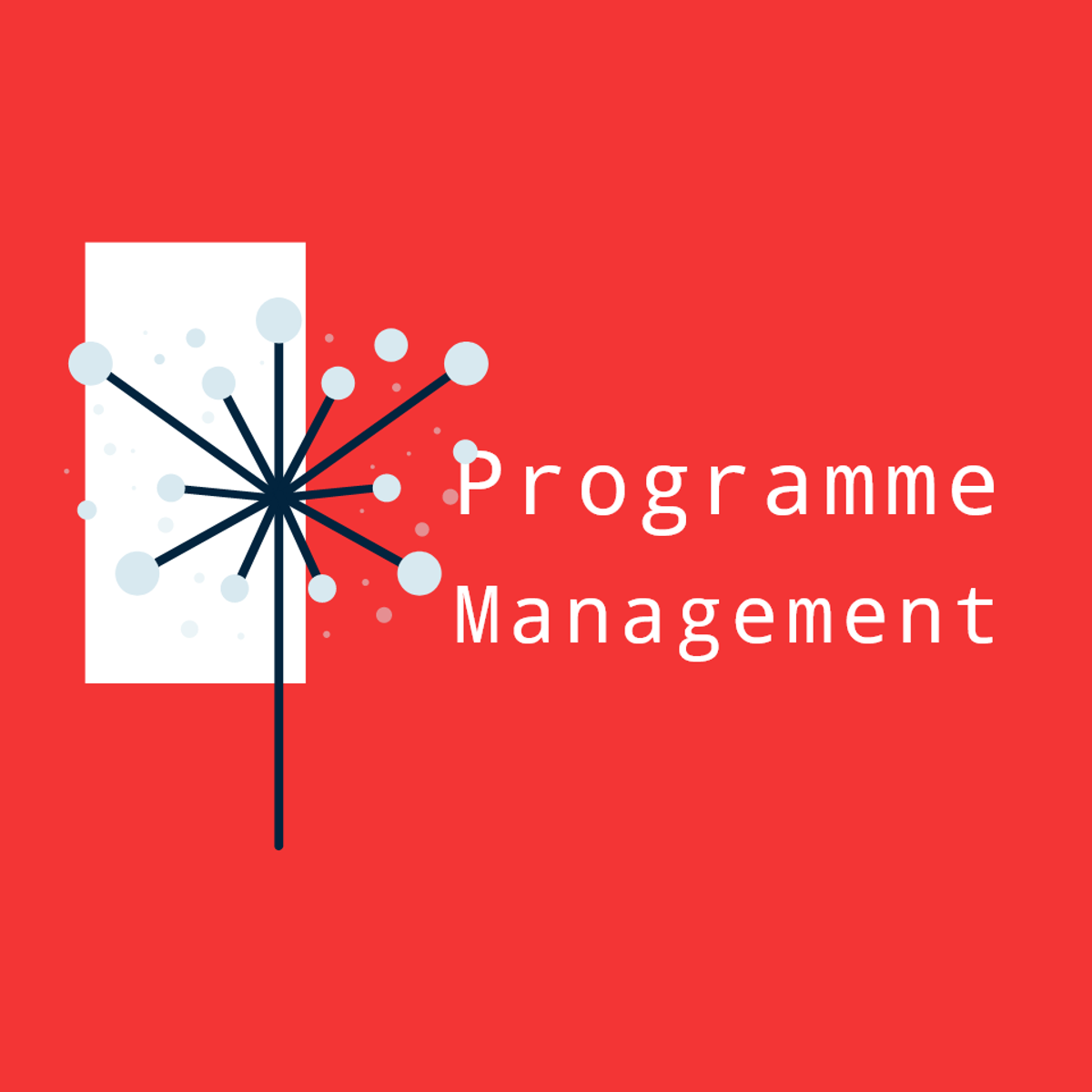Back to Courses









Leadership And Management Courses - Page 58
Showing results 571-580 of 600

Leveraging Mentions and Threads in Slack
By the end of this project, you will learn how to optimize organizational communications with Slack, a business communications platform. You will use your Slack workspace to reduce noise and interference to effective communication, while organizing discussions and boosting your team’s productivity.
To do this, you will work in the Slack app on your Rhyme virtual machine, and use your current Slack workspace or set up a sample workspace under Slack’s free plan so that you can gain hands-on experience notifying members that something needs their attention by using mentions. You will then learn how to view messages in which you were mentioned. When viewing your mentions, you will filter, organize, prioritize, create shortcuts, set reminders, pin, share, and respond to them.
You will then apply the skills you gained handling mentions to communicating in threads. To do this, you will learn how to create threads and use them in conjunction with mentions to work asynchronously with your team by tying your feedback to specific messages or files, organizing conversations and flagging meaningful items, and encouraging open discussion without distracting others by posting in a channel’s regular announcements.
Note: This course works best for learners who are based in the North America region. We’re currently working on providing the same experience in other regions.

Global Marketing: Cultural Frameworks
This course reviews the dramatic changes that Globalization has brought to businesses. Markets are growing culturally diverse and companies face the challenge of managing an increasing culturally diverse workforce. It is then increasingly important for managers to incorporate cultural variables into their decision making models. This course enables students to understand how globalization changes consumers and employees at a psychological level. The focus is on understanding that culture exists in people’s minds, as values, beliefs, and ideals, as well as around us in objects, brands, and institutions. The course introduces popular cultural frameworks used by human resource managers and marketing managers. These cultural frameworks will allow students to better understand cross-cultural consumer behavior and suggest ways to more effectively manage organizations across cultural boundaries.

ECS launch date validation
This message will be displayed on your course description page.

Project Planning and Execution
The goal of this second course of the Project Management specialization is to provide students with skills necessary to plan and execute traditional engineering projects. Project managers must plan and manage complex projects constrained by time and budget. As part of this course, you will determine project schedules, budgets, and risk assessments. At the end of this course, you will also be able to identify and explain various quality tools and methods used in project management.
This course can be taken for academic credit as part of CU Boulder’s Master of Engineering in Engineering Management (ME-EM) degree offered on the Coursera platform. The ME-EM is designed to help engineers, scientists, and technical professionals move into leadership and management roles in the engineering and technical sectors. With performance-based admissions and no application process, the ME-EM is ideal for individuals with a broad range of undergraduate education and/or professional experience. Learn more about the ME-EM program at https://www.coursera.org/degrees/me-engineering-management-boulder.
Logo image courtesy of Shane Rounce, available on Unsplash at https://unsplash.com/photos/DNkoNXQti3c?utm_source=email&utm_medium=referral&utm_content=photos-page-share

The Strategist's Challenge
In this course, you will develop your ability to think strategically, analyze the competitive environment, and recommend firm positioning and value creation. We will explore the underlying theory and frameworks that provide the foundations of a successful business strategy and provide the tools you need to understand that strategy including SWOT, Competitor, Environmental, Five Forces, and Capabilities Analyses.

Create Immediate Digital Employee Feedback with SnapEval
In this 2-hour long project-based course, you will learn how to produce immediate digital employee communication, a SNAP, to provide immediate digital feedback and lay the foundation for future annual employee evaluations. You will learn how to establish employee goals and achievement levels and how to provide employees with this information in a digital format. Employee communication, evaluations, and recognition are imperative to successful business operations and this web-based tool has simplified and modernized an effective way to do so.
Note: This course works best for learners who are based in the North American region. We’re currently working on providing the same experience in other regions.

Connect with Diverse Audiences during a Public Health Crisis
Public health communicators have a duty to communicate health information with integrity, accuracy, and clarity. For messaging to be most effective, public health communicators must help their audiences draw meaningful connections with the information being shared, and connect with them in ways that foster trust and credibility.
This course emphasizes how public health communicators can segment their audiences into smaller groups, thereby allowing them to tailor messages to each group's unique needs. You will explore how public health communicators recognize and overcome underlying biases, assumptions, and stereotypes to create messaging that is rooted in empathy, as well as leverage persuasive communication strategies to frame and deliver messages in ways that appeal to audiences’ core values. You will learn to approach media interviews with confidence, adjust your communication strategy in the moment, and center your focus on your audiences and their needs.

Understanding the Enterprise Systems Environment
Understanding the Enterprise Systems Environment is the second course in the SAP Technology Consultant Professional Certificate program. The course builds your understanding of the digital landscape.
You’ll explore business processes and organizational alignment. You’ll get an overview of how systems are designed and developed, and consider architecture, infrastructure, application development, data science, cloud, privacy, and security. You’ll build your understanding of the SAP platform and consider key development and deployment models covering Advanced Business Application Programming (ABAP), Java, SAP API, and SAP Fiori. Plus, you’ll explore gap analysis using SAP RISE and Activate and become familiar with SAP cloud strategy, architecture, and tools.
By the end of this course, you will be able to:
Describe how digital transformation can impact a customer’s organization, business processes and tools (people/process/tools).
Identify the key elements of system design and development and how they relate to specific IT requirements.
Identify different computing models (e.g. Compute Network Storage, OnPrem, Cloud etc) and architectures (e.g. Native, Hybrid, Multi-Cloud).
Explain the key elements of the SAP platform and environment.
Describe key Application, Development and Programming models.
Explain the key elements of the SAP Cloud Strategy.
Understand the key questions to keep in mind when faced with a specific request from a prospective client.

Human Resources Management Capstone: HR for People Managers
This specialization provides a robust introduction to the key principles, policies, and practices of human resource management, with a focus on understanding managerial choices and constraints, acquiring and onboarding talent, managing employee performance, and rewarding employees. The capstone project provides learners with the opportunity to apply these key principles and practices to a real-world workplace (including a learner's own workplace if desired). Specifically, the capstone project will involve identifying the key human resources challenges for a workplace--including the most pressing motivational, selection, performance evaluation, and reward issues. And for each of these areas, learners will devise a multi-step action plan for addressing the challenges identified.

Developing Advanced Programme Delivery Framework in ClickUp
By the end of this guided project, you will be fluent in creating Programme framework for the Delivery Phases for diverse programmes. You will utilise a logical diagramming plan in an agile environment to develop the solution. This will enable you to identify and classify the required process for programmes and the functionality of domains involved in such complex undertaking. Furthermore, it will help develop a structural model for learning about the field of Programme Management.
If you are interested in building up the knowledge leading to this guided project, the following is the link to:
[ Developing Programme Management Blueprint with ClickUp]
https://www.coursera.org/projects/program-blueprint
[Advanced Programme Planning Phases Framework in ClickUp]
https://www.coursera.org/projects/program-advanced-planning
This Guided Project is essential for individuals wanting to learn about the field, or looking to transition into working in Programme Management. This guided project is designed to engage and harness your visionary and exploratory abilities. You will use proven models in an agile environment with ClickUp to engage in a hands-on learning experience.
Popular Internships and Jobs by Categories
Browse
© 2024 BoostGrad | All rights reserved


